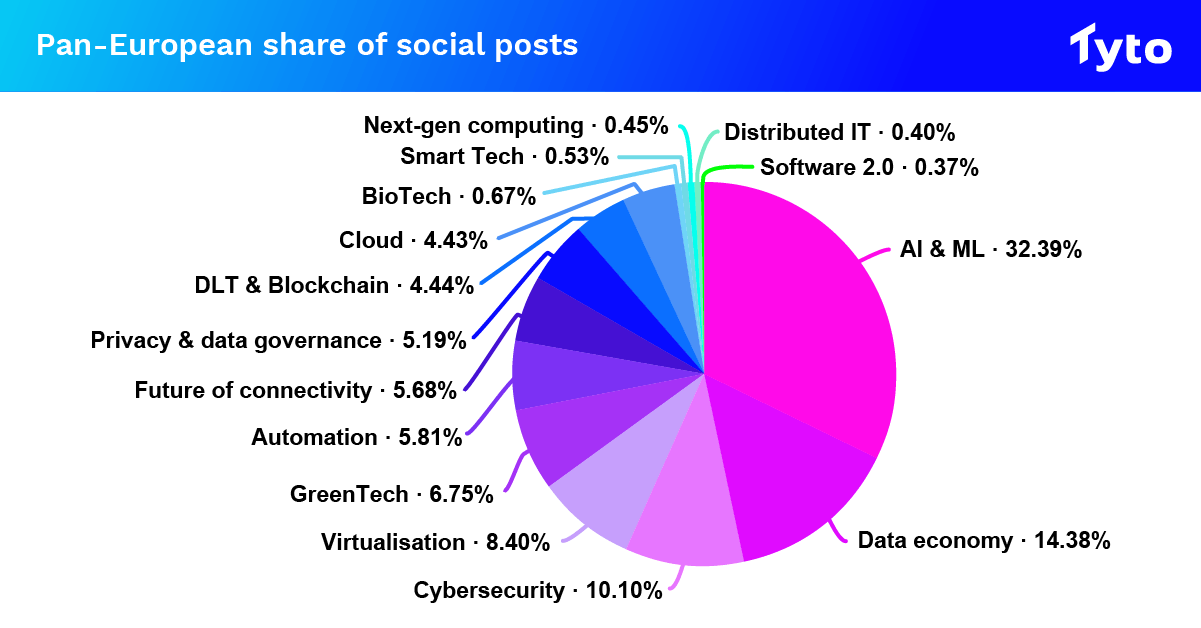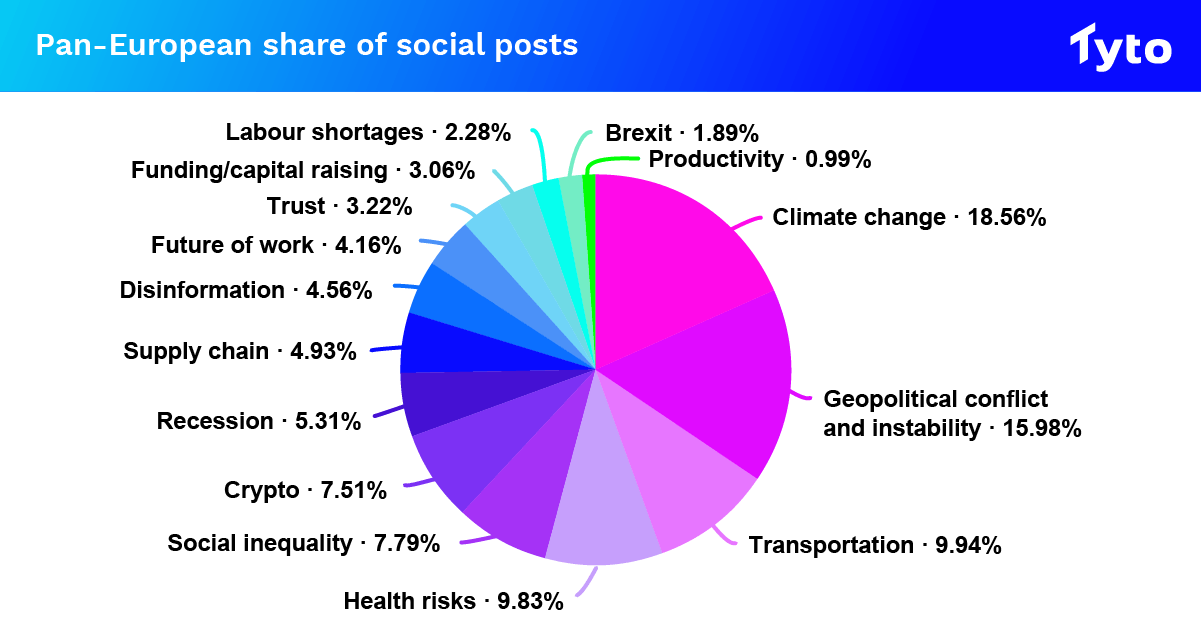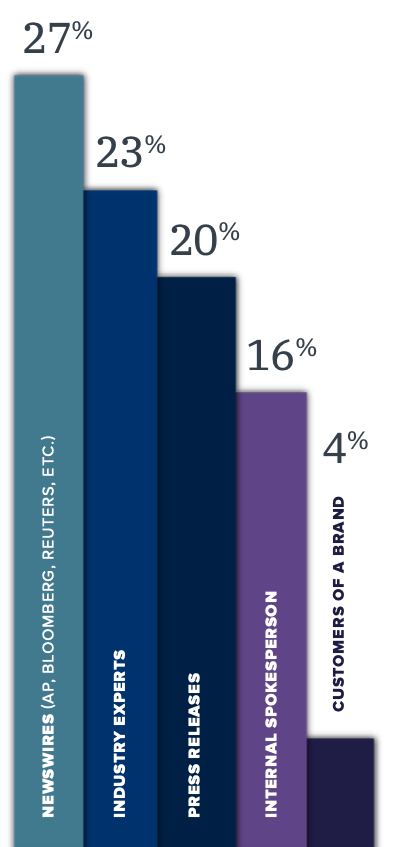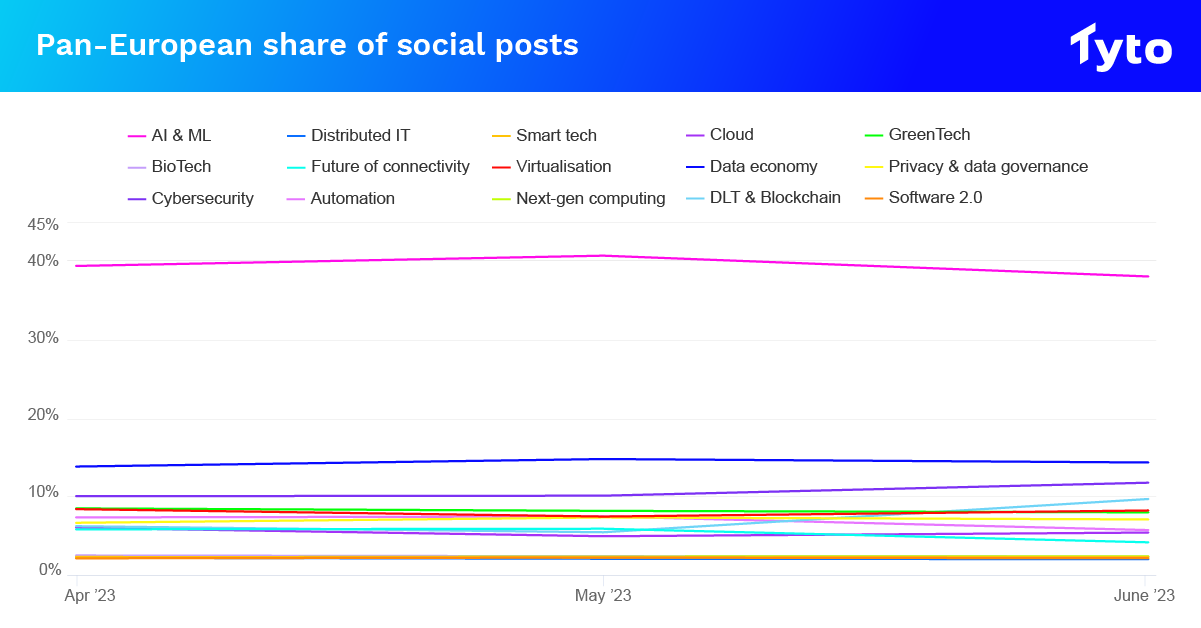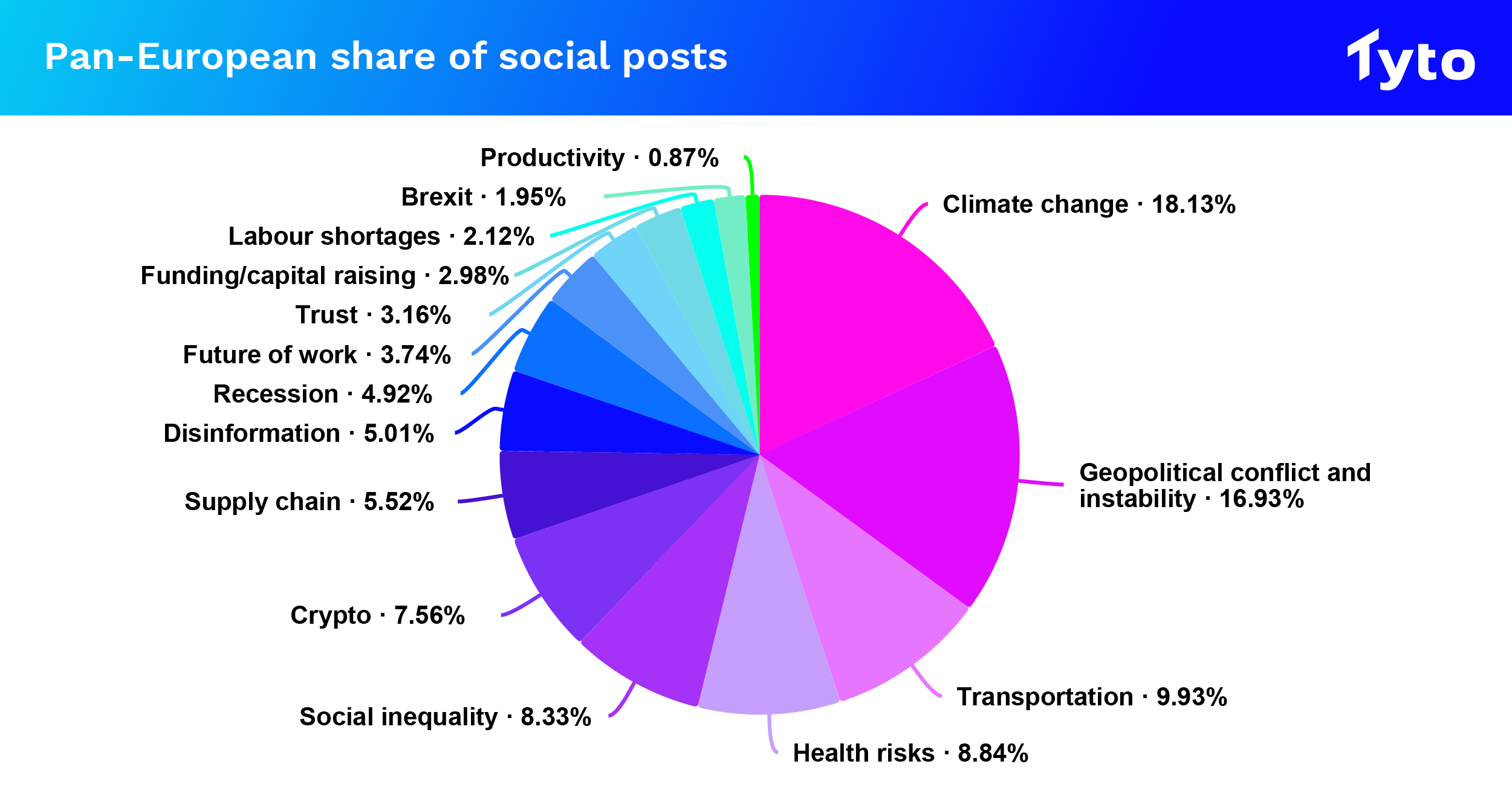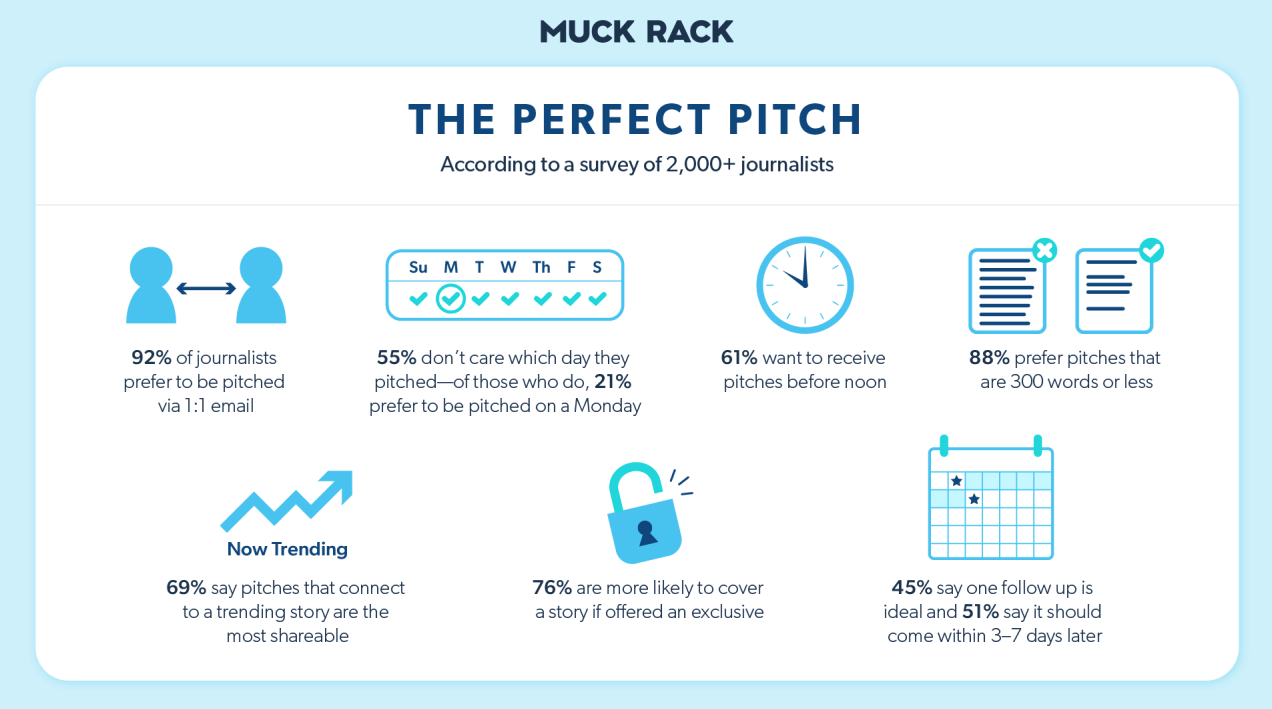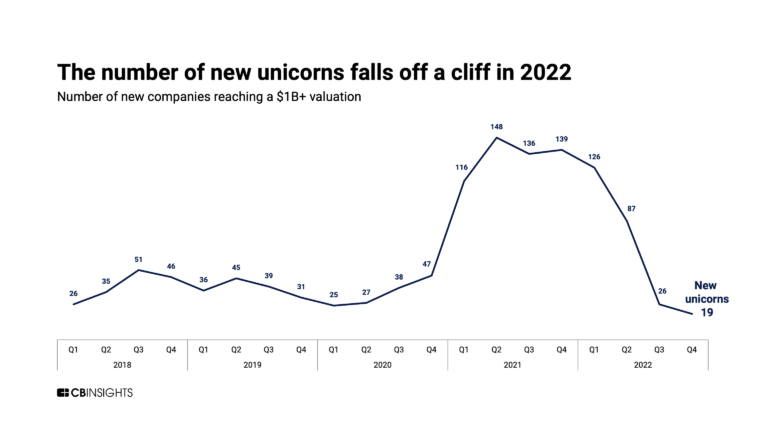Embracing remote work: Empowering professional growth through flexibility
In today’s dynamic work landscape, the flexibility of remote work opens up new opportunities for professional and personal growth. For many, remote work is much more than just a trend – it is a necessity. Same for me.
In 2022, I made a long-thought-out New Year’s resolution: I wanted to get a doctorate. I kicked this off that same summer – as a full-time consultant at Tyto and as a doctoral student in the department of Business Administration at Triagon Academy. Why has remote work played a crucial role for me since then in being able to reconcile my professional, personal, and academic goals? You’ll find out in this blog post.
Maximum productivity through time savings
First, remote work allows me to be fully productive in my everyday life. Tyto is a location-agnostic agency, which means I can work from anywhere, anytime. Tyto doesn’t have an office so I can work from home, from a coworking space or from a cafe if I want to – it’s my choice. I normally work from home, so by saving commuting time, I gain back valuable hours that I can invest in my studies. Instead of getting stuck in traffic or squeezing through crowded public transport, I use the free time before and after work for other matters. This not only includes lectures and writing my doctoral thesis, but also many simple everyday matters. For example, I start every day at 7:00 a.m. with a long walk with my two dogs. Then I do smaller things around the house, like the dishes or laundry.
This routine would not have been an option for me when I still had to work from an office regularly, as I would have had to get up very early to do these activities and then commute to the office. Today, I can hardly imagine my everyday life without my morning routine, as it promotes my mental and physical health and allows me to start the day productively. In addition, not commuting also contributes to environmental protection by reducing traffic and CO2 emissions. It’s good for me and good for the planet!
Seamless integration of work and education
Furthermore, the flexibility of remote work is crucial for many who want to combine their professional responsibilities with individual goals, such as a PhD in my case. Freeing myself from the rigid boundaries of traditional office hours allows me to seamlessly integrate my professional obligations with academic activities. Whether it’s attending lectures, taking part in seminars or spending time on my research project, the ability to create an individual work plan ensures that none of the important areas of my life are neglected.
With Tyto’s flexible working I can structure my day to fit priorities. On certain days I’m more productive in the morning, so I can adjust my work schedule and start working earlier so I can focus on my other outside of work priorities sooner. If necessary, I can also switch between different areas of my life throughout the day, for e.g. if I want to attend a lecture in the afternoon, I simply use my flexihours to go back to work again later in the day.
Harmonious balance of work and life
In the past couple of years, remote work has proven to be a driver of a paradigm shift in work-life balance. By breaking away from physical offices, remote work creates an environment where work and personal life can coexist harmoniously. By using digital tools and technology, I can set up my workspace wherever is most convenient for me, be it at home, in a coffee shop, or elsewhere.
The fluid separation between professional and private time promotes a sense of balance for me, which increases both my productivity and satisfaction. I no longer have to struggle to balance competing priorities. Instead, remote work allows me to organise my work around my life instead of organising my life around my work. This allows me to focus on achieving professional and personal milestones at my own pace and at my own convenience.
A holistic approach to professional and personal growth
In summary, I can say that for me personally, working remotely has not only increased my productivity in all areas of life, but also opened a new dimension of self-realisation for me. That’s why, in my opinion, remote work is more than just a passing working model – it is a catalyst for holistic growth and a foundation for a fulfilling and successful professional and private life. The flexibility that remote work offers allows us to advance our careers while pursuing our personal goals.
Let’s use this opportunity to realise our full potential!





